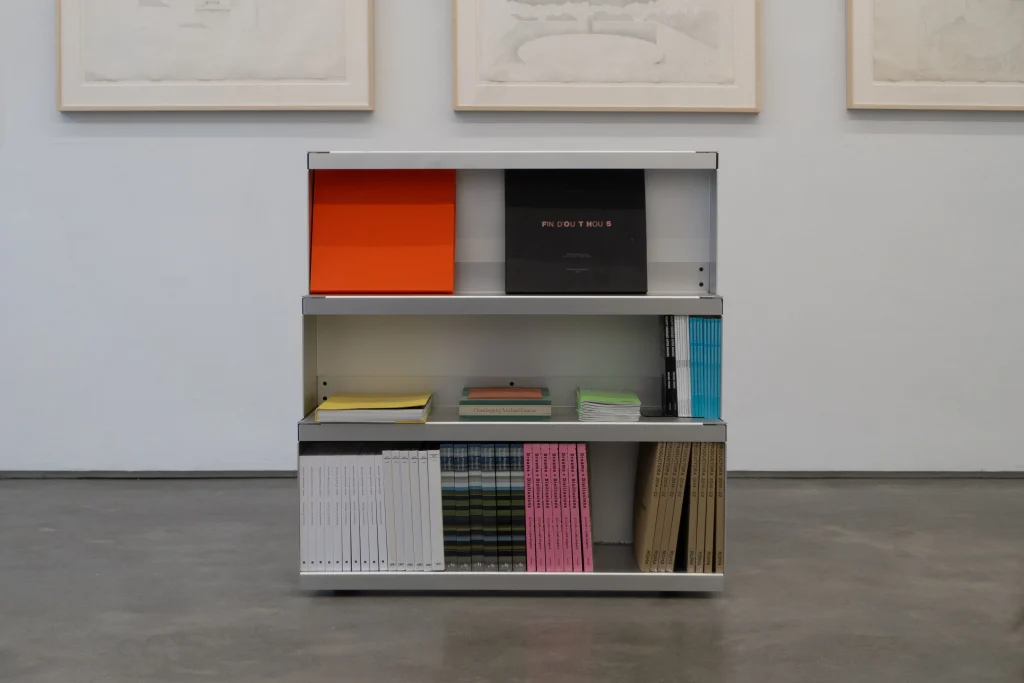
MATERIAL ORIGINS: A Brazilian Collection by Waldick Jatobá
“I believe every work of art or design, especially collectable design, must show an emotion; must have a strong animistic approach. We need to feel the storytelling behind the creation.”
– Waldick Jatobá, curator of “MATERIAL ORIGINS”
View the full “MATERIAL ORIGINS” collection, including Luiza Caldari’s “Iris” Wall Tapestry
Reflecting on the contemporary Brazilian collectible design scene, “MATERIAL ORIGINS” highlights the return by both established and emerging designers to a focus on creative process and material exploration. With his intimate experience of the design world, curator and cultural agitator Waldick Jatobá brings his curatorial eye to this latest selection, showcasing designers who have the courage to experiment and pieces which display plurality, freedom, and emotion in their creation. As described by in his curatorial statement, “[this] new wave of makers is unimpressed by trends or an ephemeral avant-garde. Instead, they turn to the basic principles of Lina Bo Bardi’s creative process: the origin, the essence of things, and their purest and deepest truth”.
Brazil’s contemporary design scene has developed to link past, present, and future – featuring a strong design tradition with roots in the country’s Portuguese colonial history and adapted through the use of indigenous materials and craft practices. At the centre of this cultural exchange, an innate Brazilian identity is reflected in the use of modernist aesthetics and local woods, and the development of playful and out-of-the-box designs. Functionality is key, with consideration of the user’s needs at the forefront of many designers’ creative processes. More recent concerns for depleting resources and the ongoing loss of Brazilian rainforests have inspired designers to turn to alternative materials, experimenting with more sustainable options such as reused ceramic, cardboard, and wood.
“MATERIAL ORIGINS” includes pieces created from delicate, blown glass; textured ceramic and wool; smooth soapstone; and reclaimed wood. Each piece speaks to the sense of ingenuity and authenticity present in the practices of today’s makers. The collection features work by ALVA design, Carol Gay, Estúdio Camarotti, Eurico Humano, Giácomo Tomazzi Studio, Ines Schertel, Instituto Campana, Julia Krantz, Luiza Caldari, Monica Giannella, Murilo Weitz, and YANKATU.
Interview with curator Waldick Jatobá, curator of “MATERIAL ORIGINS”
With reference to your experience as a curator and collector, what do you look for when developing a new collection?
I believe every work of art or design, especially collectable design, must show an emotion; must have a strong animistic approach. We need to feel the storytelling behind the creation.




Your previous Brazilian collection, “Folkloric Habits”, focused on the use of traditional techniques and collaborative practices present in the design scene at the time. In what ways does this latest collection, “MATERIAL ORIGINS”, compare to this previous collection?
This collection focuses on the materials and the way designers experiment them. It’s the new era: function follows materials and not form anymore… Once the designer shows how well he or she can develop new works from a specific material, it turns to be a strong characteristic in his or her work.


Giácomo Tomazzi Studio, “BO Armchair” 



In your curatorial statement for “MATERIAL ORIGINS”, you describe that “form becomes a consequence” in the creation of many of these selected pieces. Can you explain how this is presented in this collection?
You can feel it when observing Carol Gay’s vases or Murilo Weitz’s… in the way they play and experiment with the material, the form shows up as a consequence. [This is the] same with Ines Schertel’s [works].


YANKATU, “Cocar” Chair 





Monica Giannella, “#4 Ceramic Piece” 

Why do you think this focus on materials and resources has become so prominent in the contemporary Brazilian collectible design scene in recent years?
It has become prominent because it is a good way to show personality in the work as well as the deepness of the creative mind of the designers.


From this collection, which designers’ practices are you most excited to share with the Adorno audience? Why?
Well, all of them! I know many designers here, many good ones, but [I have] selected these 12 to show this repertoire of experimentation, and good experimentation, of so many diverse materials. All of them are great and I really look forward to showing them all to the Adorno world!






Estúdio Camarotti, “Iguape” Tray 












Responses